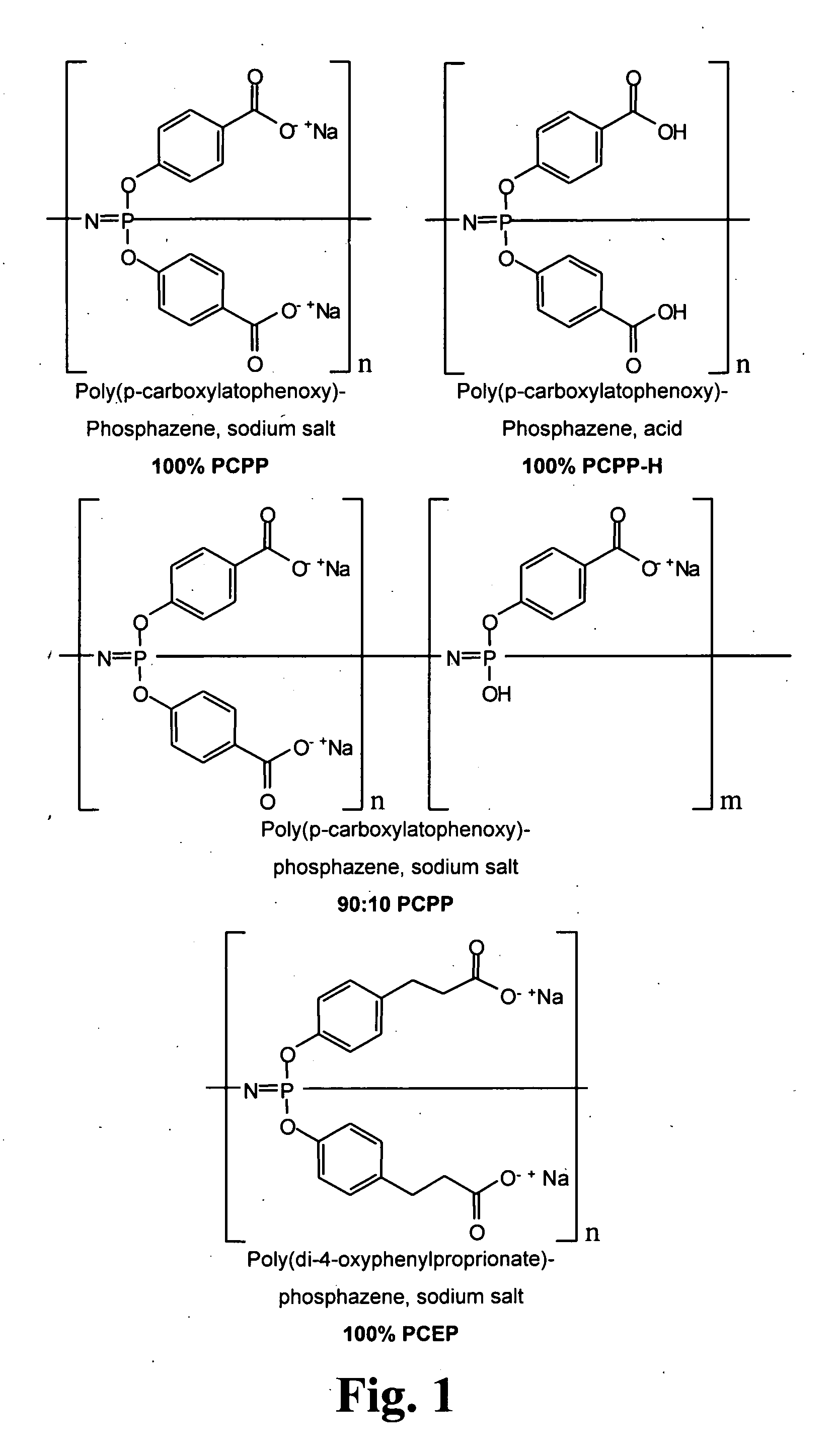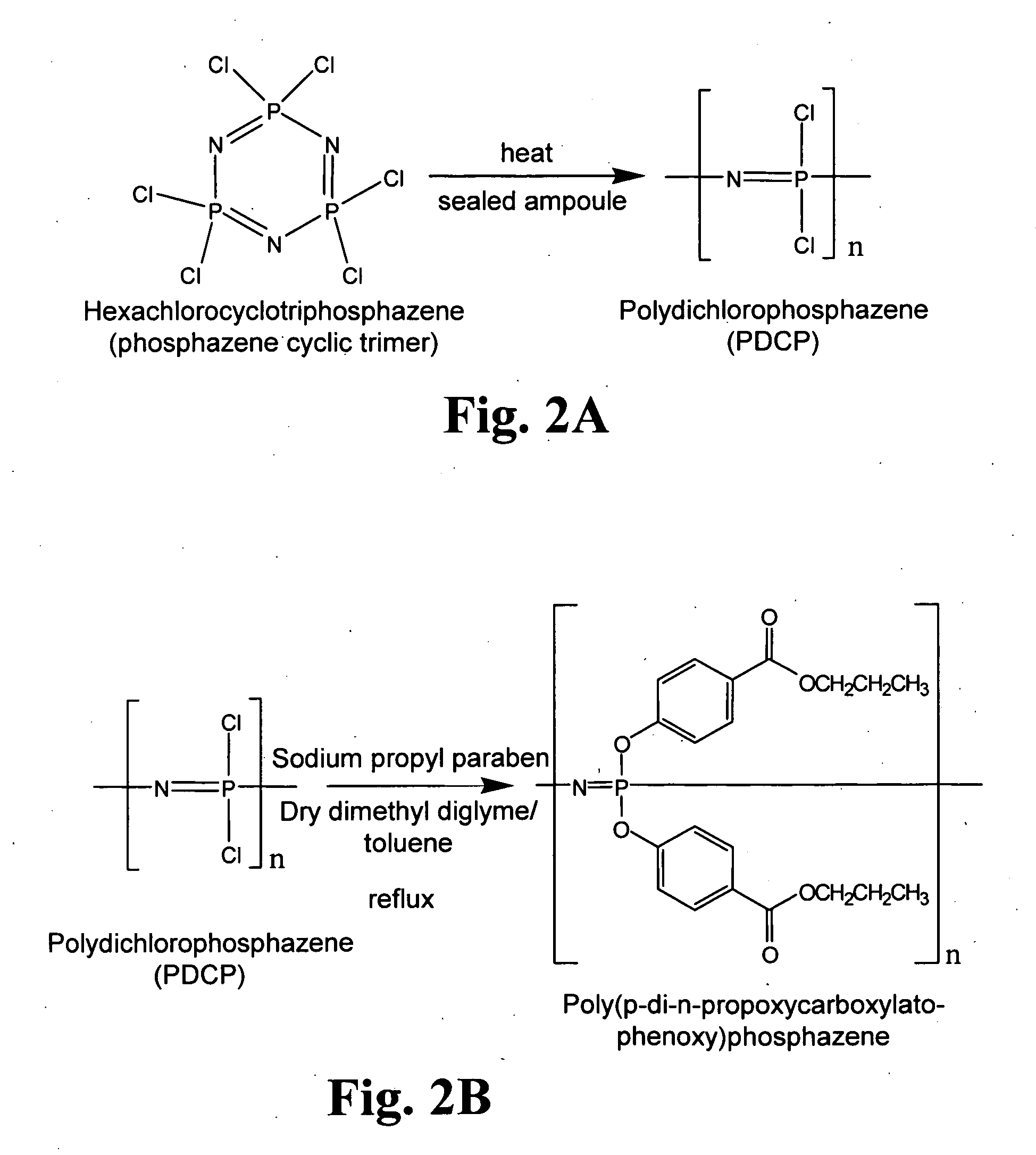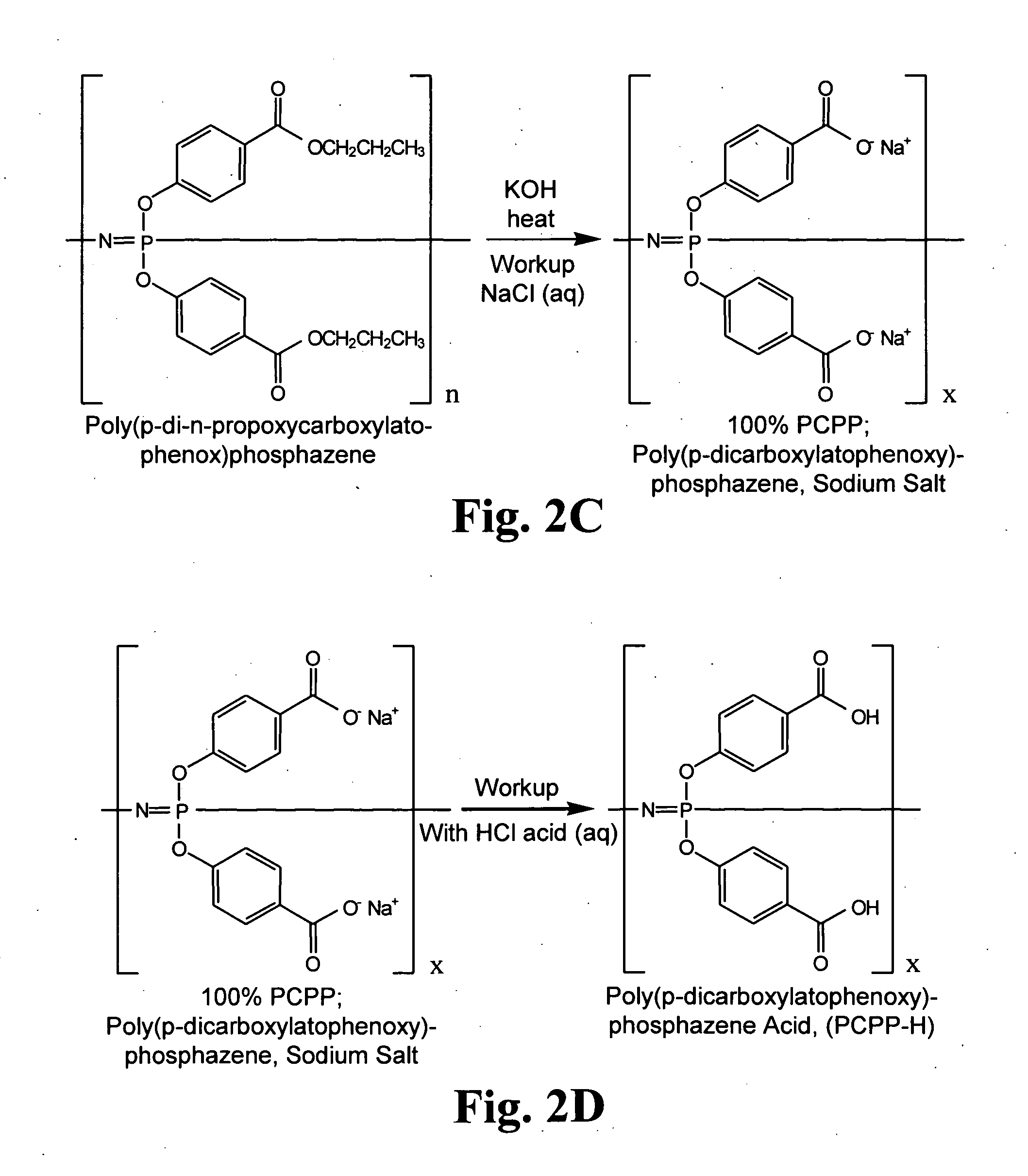Combination adjuvant formulation
a technology of adjuvants and compositions, applied in the field of adjuvant compositions, can solve the problems of weak and transient t-cell responses, and achieve the effects of enhancing immunogenicity, safe and effective, and high antibody
- Summary
- Abstract
- Description
- Claims
- Application Information
AI Technical Summary
Benefits of technology
Problems solved by technology
Method used
Image
Examples
example 1
Production of Host Defense Peptides for Use in Combination Adjuvant Formulations
[0175]Initially, three panels of HDPs were produced using standard methods of protein synthesis. The first panel included bovine cathelicidins BMAP27 (GRFKRFRKKFKKLFKKLSPVIPLLHLG; SEQ ID NO:14), BMAP28 (GGLRSLGRKILRAWKKYGPIIVPIIRIG; SEQ ID NO:15), Bactenicin 2a (Bac2a) (RLARIVVIRVAR, SEQ ID NO:16), Indolicidin (ILPWKWPWWPWRR (SEQ ID NO:1) and human LL-37 (LLGDFFRKSKEKIGKEFKRIVQRIKDFLRNLVPRTES, SEQ ID NO:17). These peptides were used for the initial activity screening in murine, porcine and human PBMCs, using routine methods.
[0176]Two panels of 7-12 amino acid linear cationic peptides were produced. One panel of 20 peptides (the HH-class peptides) was based on the sequence of Bac2a, which is a linear variant of peptide bactenecin found in bovine neutrophils. These peptides have been described in PCT Publication No. WO 2006050611, the entire contents of which is incorporated herein by reference. These pept...
example 2
Production of Polyphosphazines for Use in Combination Adjuvant Formulations
[0181]The polyphosphazines shown in FIG. 1 were synthesized using described techniques (Andrianov et al., Biomacromolecules (2004) 5:1999; Andrianov et al., Macromolecules (2004) 37:414; Mutwiri et al., Vaccine (2007) 25:1204). In particular, hexachlorocyclotriphosphazene [(N=PCL2)3] was converted to polydichlorophosphazene (PDCP) using ring-opening polymerization (ROP). See, FIG. 2A. In order to do so, (N=PCL2)3 was sublimed, transferred to a glass tube and flame sealed under high vacuum, as described in Singler et al., J. Poly. Sci. Polym. Chem. Ed. (1974) 12:433; Allcock, H. R., Phosphorus-Nitrogen Compounds, Academic: New York, 1972; Gleria et al., Top. Curr. Chem. (2005) 250:165; De Jaeger et al., Prog. Polym. Sci. (1998) 23:179. The ROP reaction and its affiliated conditions destroy virtually any organic contaminants introduced during reactant preparation. The reaction time ranged from 24 to 48 hours at...
example 3
Immunization of Mice Using Combination Adjuvant Formulations
[0189]In order to evaluate the efficacy of various adjuvant compounds, the following experiments were done in mice.
A. Materials and Methods
[0190]Six- to eight-week-old female C57BL / 6 mice (Charles River, Montreal, Quebec) were immunized twice subcutaneously at 3 week intervals with 100 μL of vaccine containing 0.5 μg ΔF from BRSV (a truncated form of the BRSV F protein engineered to lack the transmembrane domain (aa1-522 only), either alone, or co-formulated with CpG oligonucleotide 1826 (CpG ODN), indolicidin (indol), and / or polyphosphazene (PP). CpG ODN, indolicidin and polyphosphazene were given at doses of 10 μg, 20 μg, and 50 μg, respectively. Negative control animals were immunized with buffer (placebo). CpG ODN 1826 (TCCATGACGTTCCTGACGTT) (SEQ ID NO:8) was provided by Merial (Lyon, France), and contained a phosphorothioate-modified backbone. Indolicidin (ILPWKWPWWPWRR) (SEQ ID NO:1) was chemically synthesized on a Pi...
PUM
| Property | Measurement | Unit |
|---|---|---|
| w/w | aaaaa | aaaaa |
| volume | aaaaa | aaaaa |
| concentrations | aaaaa | aaaaa |
Abstract
Description
Claims
Application Information
 Login to View More
Login to View More - R&D
- Intellectual Property
- Life Sciences
- Materials
- Tech Scout
- Unparalleled Data Quality
- Higher Quality Content
- 60% Fewer Hallucinations
Browse by: Latest US Patents, China's latest patents, Technical Efficacy Thesaurus, Application Domain, Technology Topic, Popular Technical Reports.
© 2025 PatSnap. All rights reserved.Legal|Privacy policy|Modern Slavery Act Transparency Statement|Sitemap|About US| Contact US: help@patsnap.com



